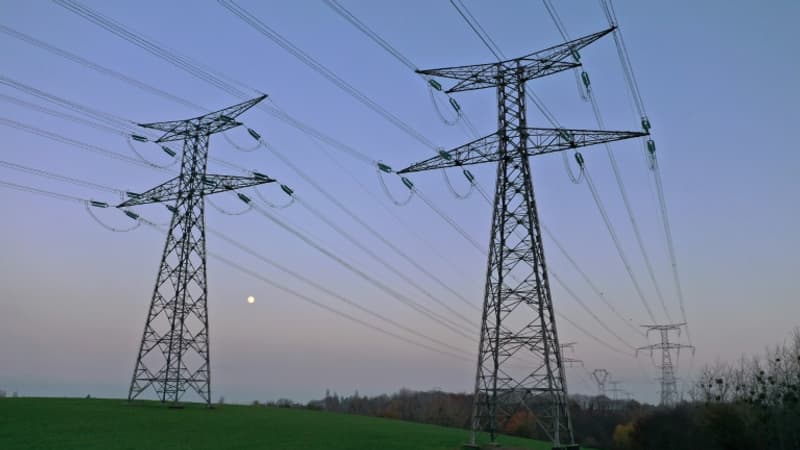RTE confirms the expectations formulated at the beginning of the school year regarding the upcoming winter. The electric transmission network manager has just presented its security of supply perspectives for winter 2023-2024. And the situation seems much more reassuring than last year, when during the winter period 8 orange or even 12 red Ecowatt signals could have been emitted, synonymous with high voltage in the electrical grid and probable load shedding for certain homes.
Two main levers allowed France to escape these problems. On the one hand, the drop in electricity consumption of around 9% during the winter, among homes, companies and local authorities.
On the other hand, resort to electricity imports from neighboring countries to guarantee security of supply. “Last winter we saw an unprecedented drop in electricity consumption,” recalls Thomas Veyrenc, member of the RTE board of directors, responsible for economics, strategy and finance.
A relaxation that affects market prices
Several elements allow us to face the next winter with optimism. Regarding electricity consumption, it remained in spring and summer at a level of less than 8% compared to the reference period 2014-2019, a variation always adjusted to climatic and therefore structural effects. “Today, given the evolution of the economic context, our central hypothesis is that we will maintain these consumption levels this winter because electricity prices remain high and there is still an incentive to save energy with the government’s sobriety plans.” explains Thomas Veyrenc.
As far as individuals are concerned, the strong increase in subscriptions to Tempo-type offers is also a positive point because they help “cope with situations of tension in the electrical network.” This relaxed situation is directly reflected in market prices which, although still high (around 80 euros per MWh at the beginning of October for place), are much lower than those observed in the same period last year (225 euros per MWh). “The specific risk premium for France has been absorbed, which brings us to a situation in which market prices for France are consistent with the fundamentals of the system and with those of other European countries,” underlines Thomas Veyrenc. “France does not pay more for its electricity in the market to obtain its supply.”
Between 45 and 50GW of power available for the nuclear park
In terms of electricity production, the improvement is also clearly visible compared to last winter, marked by the unavailability of a significant part of the nuclear park due to the accumulation of maintenance work, the corrosion crisis or even the consequences of the health crisis.
“This year we are seeing a much more favorable situation because several repairs went well and the schedule for the treatment of stress corrosion was respected and the drop was addressed with an available power of 40 GW, that is, 10 GW more than the year time: it is considerable”, underlines Thomas Veyrenc.
The lights are also green for hydraulic reserves, the second source of electricity production in France, which benefited from a good filling in spring and early autumn and demonstrates a level of availability much higher than last year, when reserves They suffered the drought. Likewise, the development of renewable installations is following a pace comparable to that of recent years, especially in the terrestrial sectors. “We are not yet on an acceleration trajectory because the specific law was approved at the beginning of 2023, but we will encounter a situation in which wind energy will once again become the third source of electricity production,” indicates Thomas Veyrenc.
Finally, although only a small part of the French fleet uses gas to produce electricity, gas reserves are almost 100%, above historical averages, and are also benefiting from a sharp drop in consumption, as throughout Europe .
Source: BFM TV


